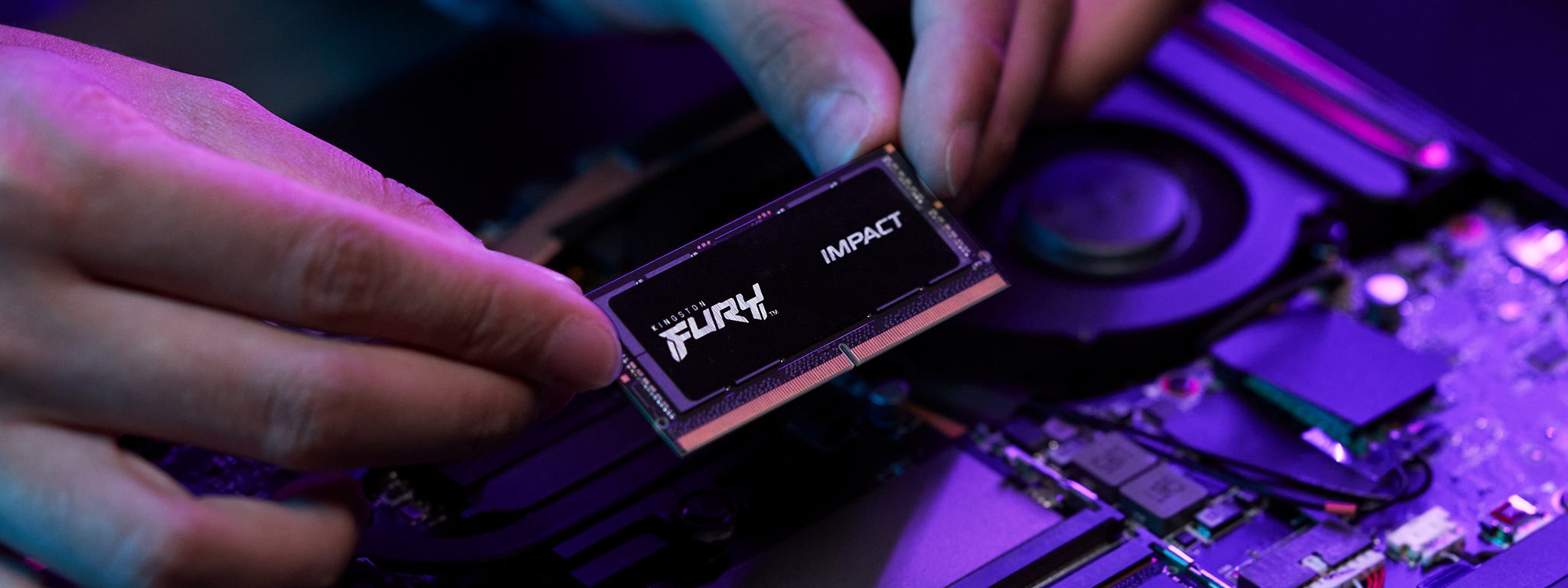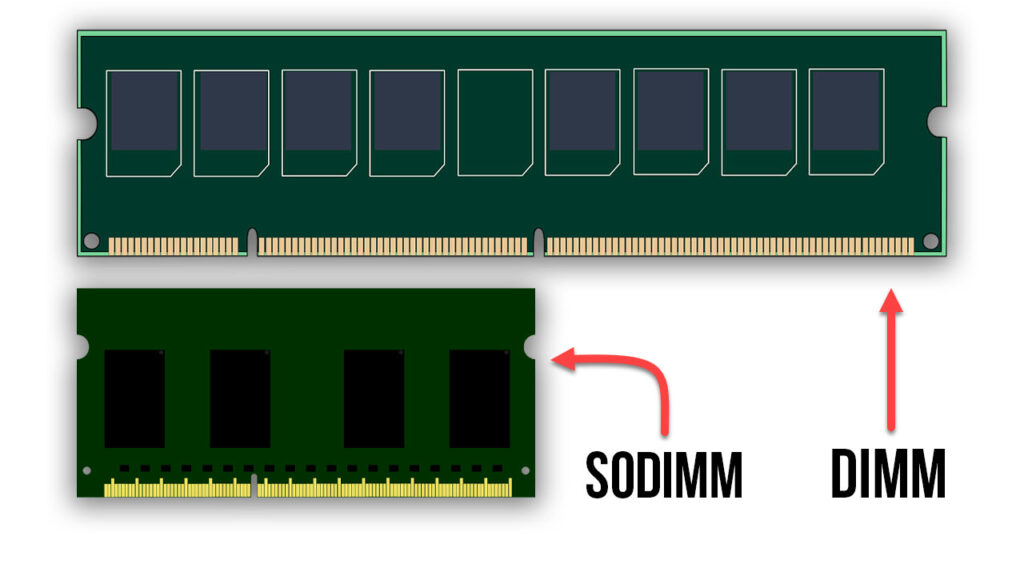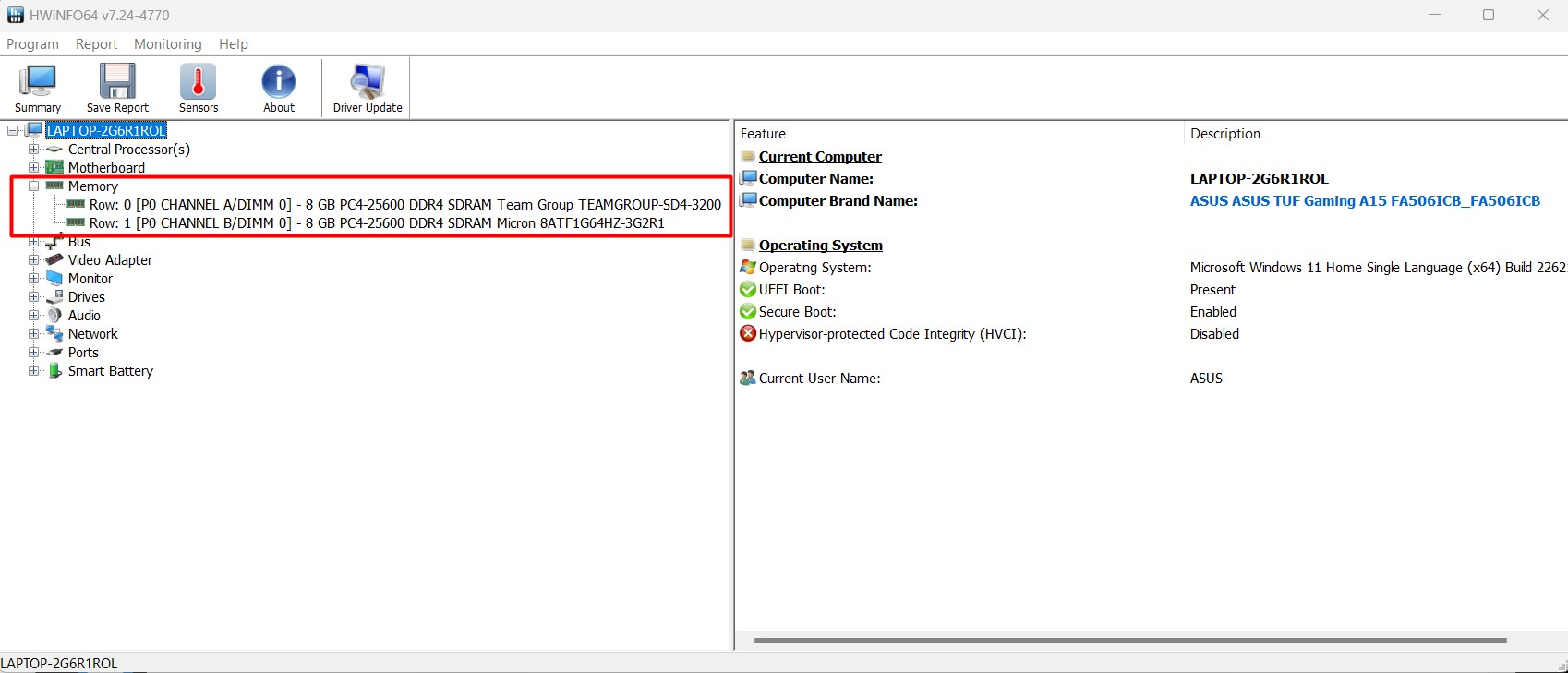How to Upgrade the RAM on a Laptop: Comprehensive Guide with Tips and Tricks
Oct 17,2023 | | OnSmart
Upgrading the RAM (Random Access Memory) in a laptop can give it a significant performance boost, especially when multitasking or running resource-intensive applications. In this comprehensive guide, we will walk you through the process of upgrading the RAM in your laptop, along with some invaluable tips and tricks.

Things that must be considered before upgrading RAM
Compatibility
- Not all RAM modules are compatible with all laptops. You need to determine the type, speed, and size of the module that your laptop supports.
- Check maximum RAM capacity: Before purchasing RAM, verify the maximum RAM capacity of your laptop by checking the manufacturer's specifications.
- Dual-Channel Memory: If your laptop has two RAM slots, it might benefit from dual-channel memory. This means installing two identical RAM modules, which can enhance performance.
- Higher frequency isn’t always better: Ensure that your laptop supports the RAM speed you're considering. Installing faster RAM than your laptop supports will cause the RAM to run at a slower speed.
- Save old RAM: If you're replacing RAM, keep the old module in a safe place. It can be useful for troubleshooting or if you want to revert to the original setup.
- RAM brands: While many third-party RAM modules are compatible and work well, ensure you're buying from a reputable brand or source to avoid compatibility issues.
Types of RAM
- DDR (Double Data Rate): The most common types of RAM modules for laptops are DDR, DDR2, DDR3, and DDR4. Each type has a distinct notch position, so they are not interchangeable. DDR4 & DDR5 are currently the most common RAM for modern laptops right now.
- SO-DIMM vs DIMM: Laptops typically use SO-DIMM (Small Outline Dual In-Line Memory Module) due to their compact size. Desktops usually use DIMM. Ensure you're purchasing SO-DIMM for your laptop.
- RAM Speed: Measured in MHz (Megahertz), like DDR4-2400 or DDR3-1600. The higher the number, the faster the RAM can process data, but your laptop's motherboard must support that speed.

Tips for Buying a RAM
- Match the DDR Version: Ensure the DDR version (like DDR4) of the new RAM matches what's specified for your laptop.
- Check the Pin Count: Make sure it's the correct SO-DIMM format (for instance, 260 pins for DDR4).
- Look at Speed: If your laptop supports DDR4-2400, buying DDR4-3200 won't give extra benefits unless the laptop supports that speed. It will default to the highest speed the laptop can handle.
- Buy in Pairs for Dual-Channel: For better performance, buy RAM in matched pairs (e.g., two 8GB sticks rather than one 16GB stick) if your laptop has two RAM slots and supports dual-channel memory.
- Trusted Brands: Stick to well-known RAM manufacturers like Crucial, Kingston, Corsair, Samsung, TeamGroup, etc.
- Vendor Compatibility Lists: Some RAM vendors provide lists of laptops/PCs their RAM is tested to be compatible with. This can be an added assurance.
How to Determine Compatible RAM
- Check the Manual: The manual that came with your laptop (or available online on the manufacturer's website) should specify the type and specs of RAM compatible with your model.
- Use Online Tools: Websites like Crucial and Kingston offer tools where you input your laptop model, and they'll show compatible RAM options.
- System Information:
- Windows: Press Windows + R, type “msinfo32”, and hit enter. Here, you can see the type and speed of RAM installed.
- Mac: Click the Apple logo > About This Mac to see your RAM information.
- Check using the HWinfo software.

Steps to Upgrade RAM in General
- Backup your data: Before making any hardware changes, always backup essential data.
- Shut down the laptop: Don't just put it to sleep or hibernate. Shut it down completely.
- Remove the battery (if possible): If your laptop has a removable battery, take it out to ensure no power is flowing.
- Open the back panel: Locate the screws on the bottom of your laptop that secure the back panel or the memory cover. Remove them carefully.
- Ground yourself: Before touching any components, touch something metallic to discharge any static electricity from your body.
- Locate the RAM slots: Once the back panel is open, you should see the existing RAM modules. Laptops generally have one or two RAM slots.
- Remove the existing RAM (if necessary): If you're replacing the existing RAM, gently push apart the metal clips holding the RAM module. The module should pop up, allowing you to pull it out.
- Insert the new RAM: Insert it into the slot gently and push it down until the metal clips click into place, securing the module.
- Reassemble the laptop: Put the back panel on, screw it in place, and reinsert the battery.
- Power on the laptop: The system should recognize the new RAM automatically. To check, go to 'System Properties' in Windows or 'About This Mac' on a MacBook.
Why need to upgrade laptop RAM?
Upgrading the RAM (Random Access Memory) in a laptop can be one of the most effective ways to boost its performance. Here are the primary reasons why individuals choose to upgrade their laptop's RAM:
- Improved Multitasking: RAM is where the operating system, applications, and data in current use are kept so they can be quickly reached by the device's processor. More RAM means more "working" space for the processor, allowing for smoother multitasking.
- Faster Application Performance: Some applications, especially data-intensive ones like video editors, graphic design tools, and advanced simulations, require a significant amount of RAM to function smoothly. Upgrading RAM can lead to noticeable improvements in application responsiveness and speed.
- Better Gaming Experience: Modern games can be quite demanding in terms of memory usage. Increasing RAM can lead to smoother gameplay, faster load times, and the ability to play at higher settings.
- Efficient Web Browsing: With the rise of web applications and the tendency for users to open multiple tabs, browsers can become significant RAM consumers. Upgrading RAM can result in smoother and faster browsing experiences, especially when using resource-intensive web applications or opening many tabs simultaneously.
- Extended Laptop Lifespan: As software and operating systems evolve, they often require more resources. Increasing the RAM can extend the usable lifespan of a laptop, delaying the need to purchase a new one.
- Support for Newer Operating Systems: As technology progresses, newer operating system versions may require more RAM for optimal performance. Upgrading RAM can ensure compatibility and smooth performance with the latest OS.
- Enhanced Media Experience: For users involved in media creation, like video editing or 3D modeling, more RAM can drastically improve rendering times and real-time playback.
- Boost Virtual Machines: If a user runs virtual machines (VMs) on their laptop, RAM is crucial. VMs require a portion of the computer's memory to function. Increasing RAM allows for running more VMs simultaneously or allocating more resources to a single VM for better performance.
- Upgrade Instead of Replacing: Sometimes, a RAM upgrade can provide a substantial enough performance boost that it can delay the need for a new laptop, saving money in the short term.
- Cost-Effective Performance Boost: Compared to other hardware upgrades (like upgrading the CPU or switching to a faster SSD), increasing RAM is often more straightforward and can offer a better cost-to-performance ratio.
.png?w=1920&h=1080)
In conclusion, upgrading RAM is about optimizing and preparing the laptop for both current and future tasks. Whether it's for gaming, work, or general use, a RAM upgrade can bring about a significant performance improvement in many scenarios.
Find powerful Gaming laptops with upgradeable RAM:
ASUS ROG: https://onsmart.sg/collections/asus-rog
ASUS TUF: https://onsmart.sg/collections/asus-tuf
Lenovo Legion: https://onsmart.sg/collections/lenovo-legion


